.
.
General Artists Corporation/photo by Maurice Seymour, Public domain, via Wikimedia Commons
.
.
How Does, So Much Time, Go By?
…………………For Ray Anthony: A Prose Poem
…..“Ray Was My Main Inspiration For Playing Trumpet.”
.
a lot of the trumpet players
……….I used to go hear, are all gone now
………………….or too old to play.
clark terry
……….miles & maynard:
………………….ray anthony’s still around though.
earlier, I saw
……….a “you tube” video of ray
………………….on his ninety fifth birthday.
he was still playing his trumpet
……….standing on the balcony of his house
………………….overlooking the hollywood hills.
.
*****
.
ray still sounded the same.
……….he had that mellow
………………….& so sure & smooth of a tone …
and that phrasing & style
……….he played on his
………………….slow “dream dancing” songs.
.
*****
.
how does,
……….so much time,
………………….go by?
for all of us
……….what is left
………………….at the end?
how is it “speaking”
……….of so much great luck
………………….that our voices
still sound the same
……….no matter
………………….how old we are!
.
*****
.
the sound of ray’s voice
……….amazingly at least, on the phone
………………….was the same though.
it was “the” same ray anthony
……….I had talked to fifty years ago
………………….when I met him in person.
.
___
.
Postscript One: Ray Anthony was born Jan. 22, 1922. He will turn
99 on Jan 22, 2021.
Postscript Two: At age 18, Glenn Miller invited Ray Anthony to be
the first and solo trumpet player for his band. Over a lifetime,
Ray recorded 125 albums. In the 1950’s he had 12 record albums that each sold over a million copies.
He recorded with Capitol Records for 19 years. He was at Capitol
with such stars as Nat King Cole, Benny Goodman, Harry James,
Stan Kenton, and Frank Sinatra.
He had several national T.V. shows, and his trumpet playing was
featured in 15 movies. He recorded until he was in his late 80’s.
He lived in a house above the Hollywood Hills sign. He dated Marilyn Monroe, and wrote and recorded a song about her.
Ray, was enthused enough about what I had to say to him … We talked a couple of times. I told him he had the “best tone and phrasing of any trumpet player,” especially on his “Dream Dancing” albums.
Ray said to me; “Thanks man, I never get tired of hearing that great stuff about me!”
.
.
___
.
.
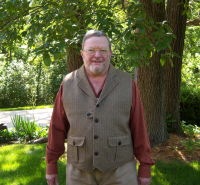
Alan Yount, 72, has published poetry for over 50 years. His poems have appeared in WestWard Quarterly (featured poet for summer, 2018). Big Scream, Spring: the Journal of the E.E. Cummings Society, and Waterways.
He has been in three anthologies: Passionate Hearts, Sunflowers.and Locomotives: Songs for Allen Ginsburg. Alan was one of 31 poets, along with Gary Snyder and Lawrence Ferlinghetti. Also Chrysalis Reader.
Alan plays trumpet and has led his own dance band.
.
.
Listen to Ray Anthony’s 1952 recording of “At Last,” a remake of the Glenn Miller song. This version reached #2 on the Billboard pop music charts.
.
.
Watch Ray Anthony play “As Time Goes By” on his 95th birthday (2017)
.
.
.







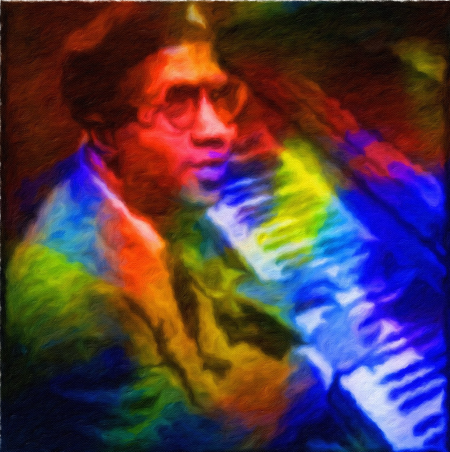
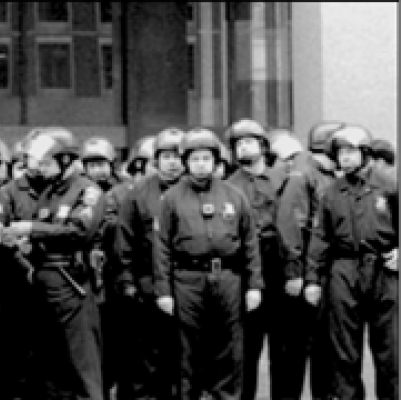
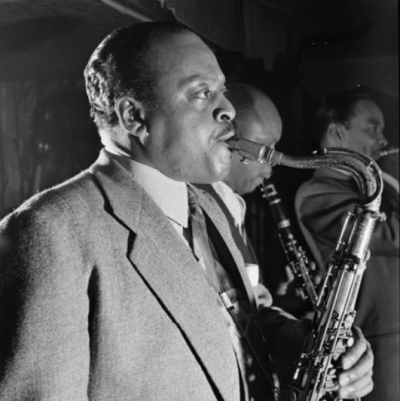

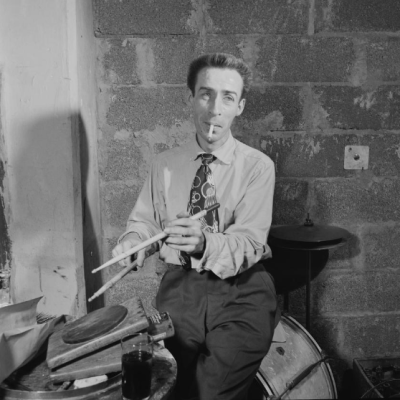


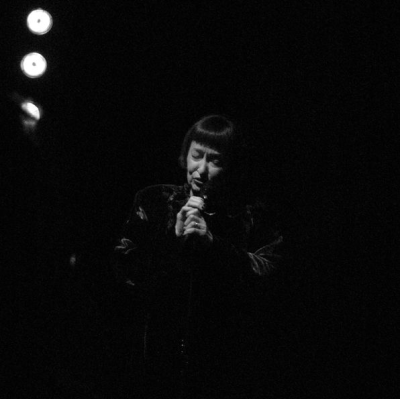






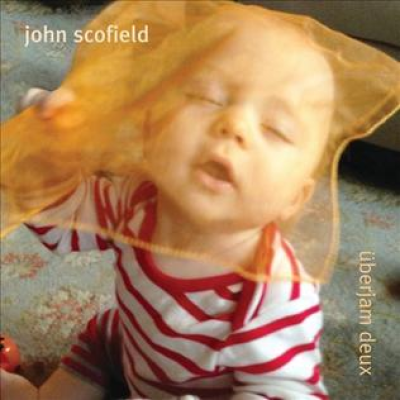


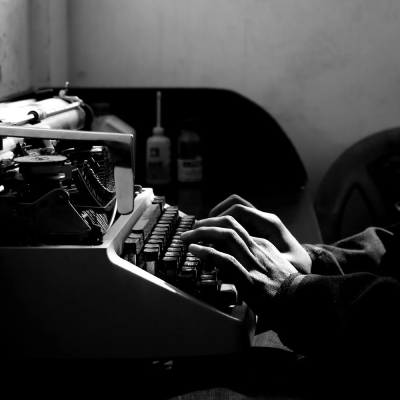



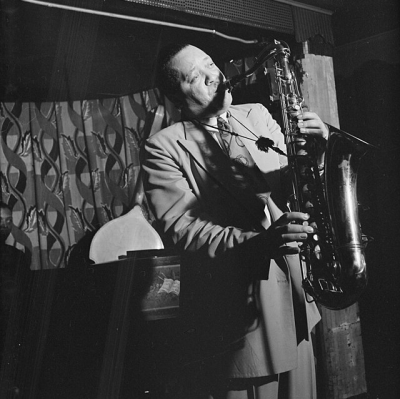
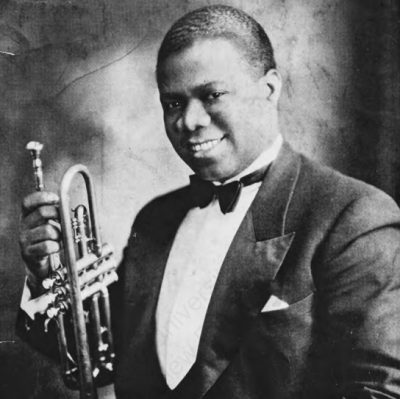

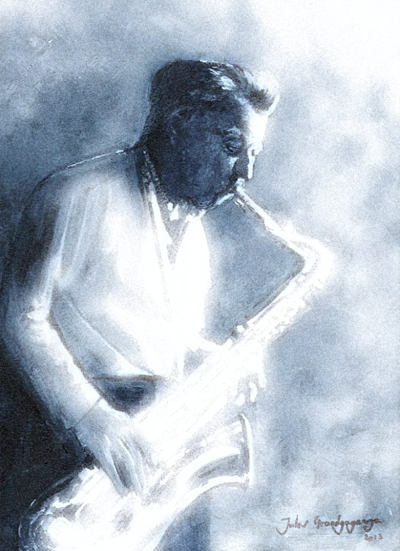

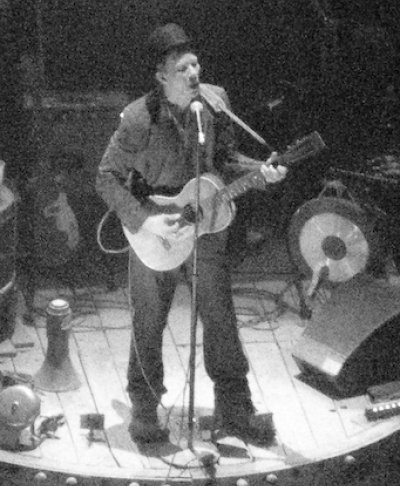









Alan and I went to Kirkwood High School, west of St Louis, and listened over and over to Anthony’s Swingin at the Tower record. . I played trumpet in the high school dance band that he led and also performed on trumpet. As coincidence would have it, some friends recently watched Glenn Miller’s movie Sun Valley Serenade, which is a great movie with the real Miller band, and Anthony on trumpet and Tex Beneke on sax and vocals. Big band fans of any age would enjoy the Anthony recordings, if you have access to them. I love the poems on Jerryjazzmusician, as they bring peace and unity to all of us. Thanks
Dennis did great job on this. He went on to be a great trumpet player, like Maynard
in St.louis. Best Friendship, From Alan to Dennis
Hey Dennis, aka “for years Diz.” Thanks so much for your comments. That does mean so
much to me. Diz and I had the best friendship then, and now always. Diz became a great
jazz rock trumpeter, hitting Maynard notes . I went to see him several times in St.Louis.
He had developed his trumpet skills to a great degree. He could play the high notes
with rock bands, JUST LIKE MAYNARD, NO KIDDING. Thanks, for your great
friendship, Diz, Your Best Friend, Count Alan Yount.